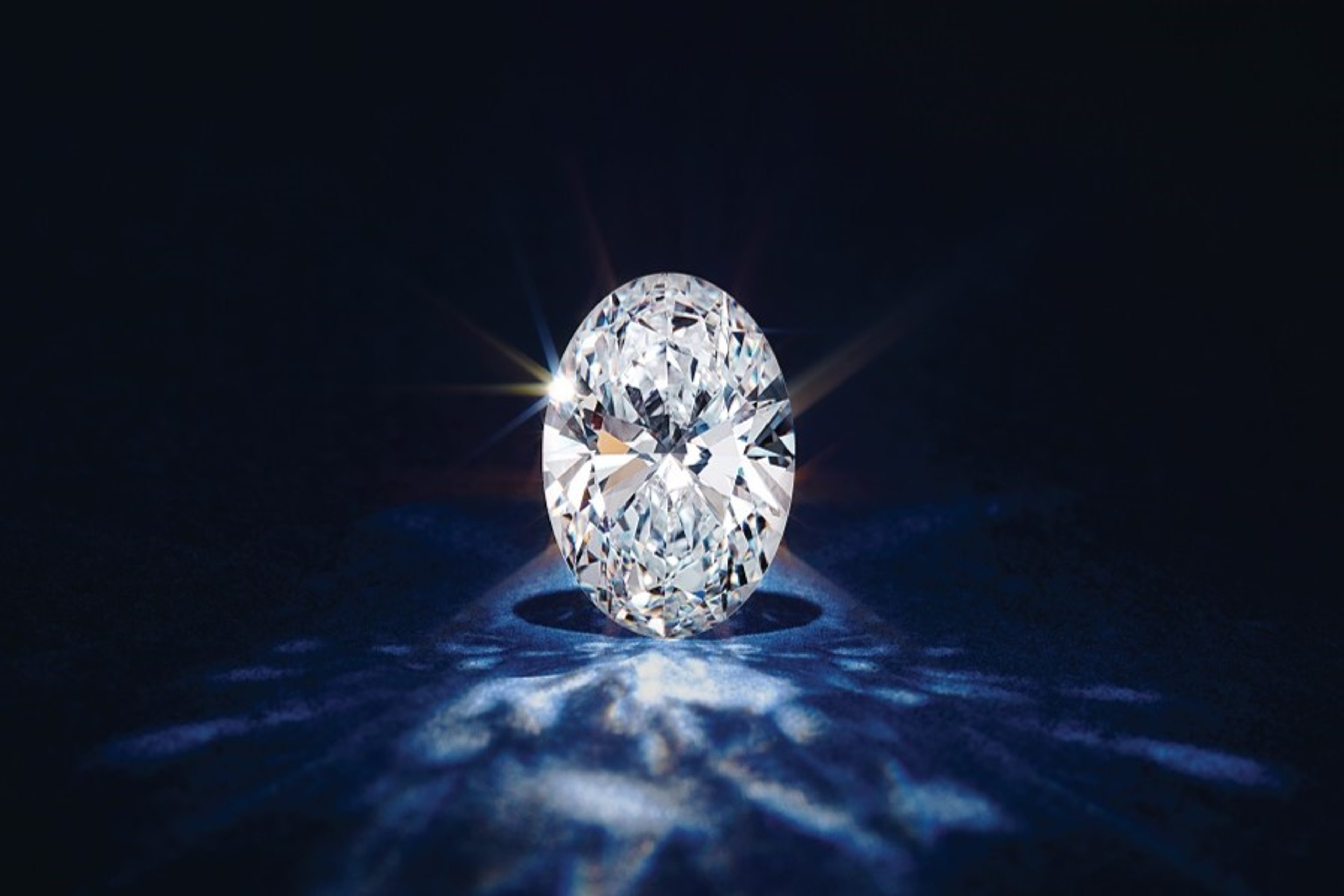Want to impress your significant other? Yes, you can pick a glamorous engagement ring and stage the most epic proposal imaginable. But here’s a simple trick: Take some time to learn the anatomy of a diamond and how each part affects the gem’s overall sparkle. You’ll look so slick dropping terms, like “facet,” “crown height” and “pavilion.”
Intrigued? Let’s get started! We’ll start from the top of a diamond and work our way down. We even have some hints to help you remember!
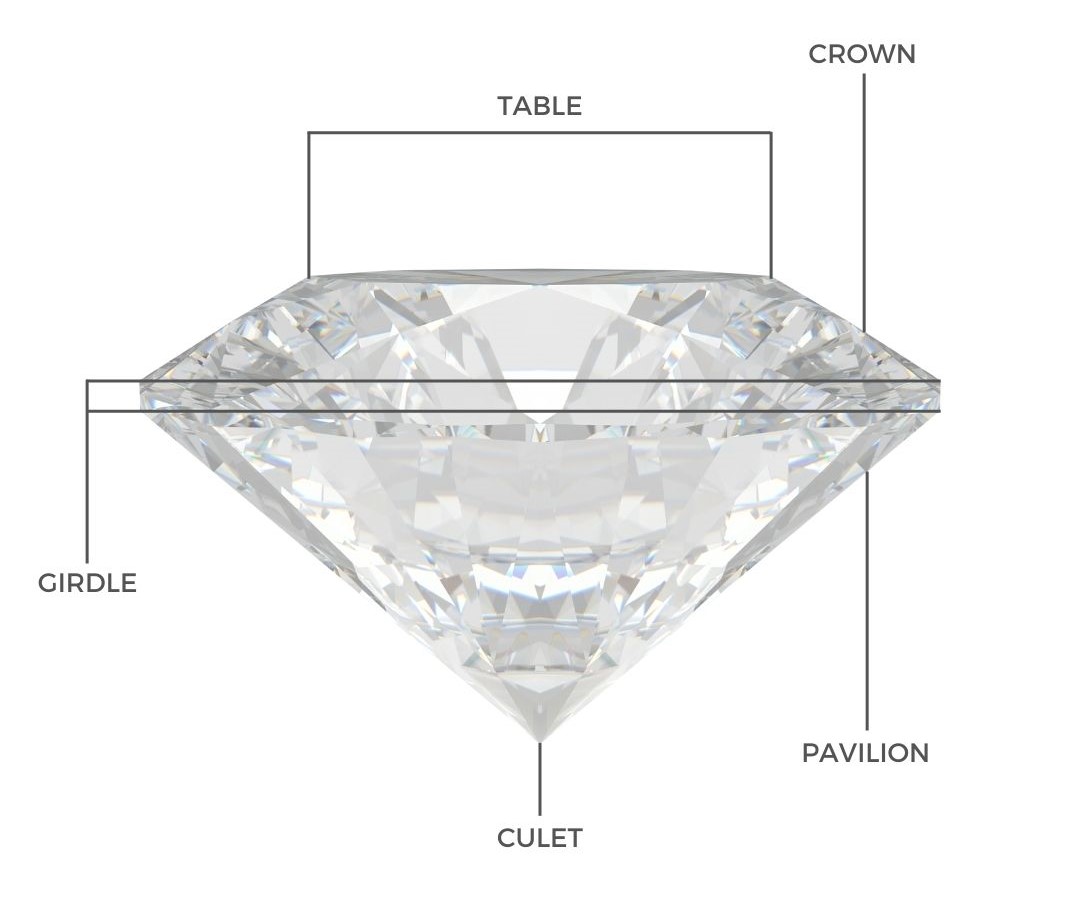
Table: What do you typically use when you need a flat surface to eat or write? Yep, a table! A diamond’s table is similar! It’s the top flat surface, which also happens to be the stone’s largest surface. If you look closely, you might be able to see this piece positioned at the top of your gem!
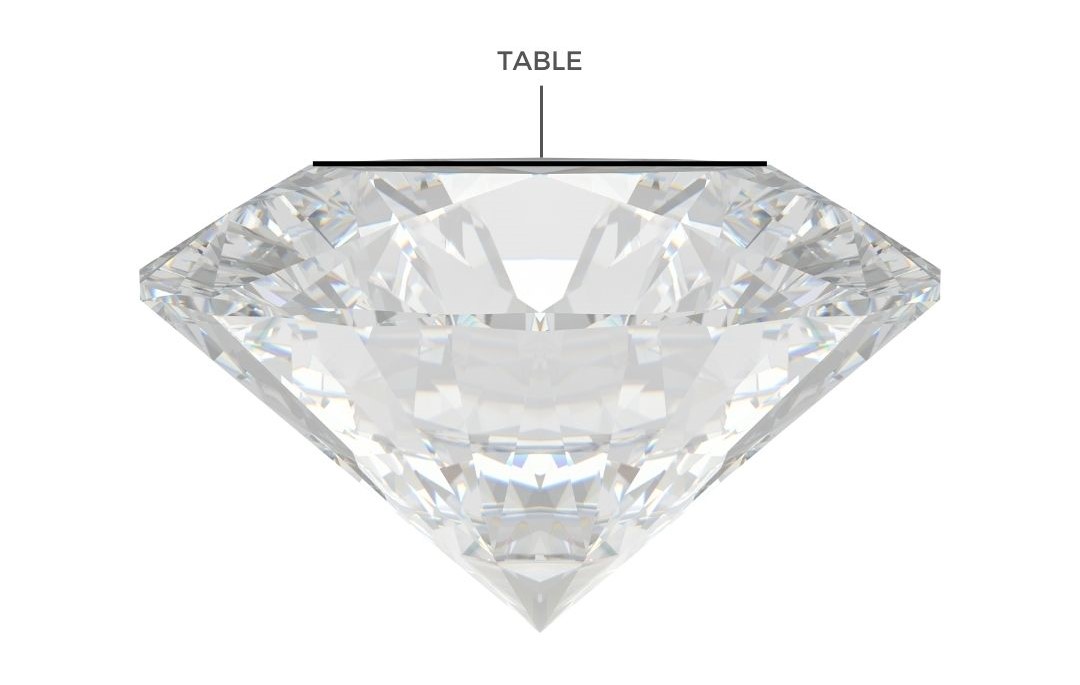
Crown: Where does one wear a crown? On top of their head, of course. So, where would a diamond’s crown be? You guessed it. This term refers to the top portion of a diamond, starting from the top flat surface (aka table) to the stone’s border/widest part. If you start getting confused, simply think of a diamond wearing a crown!
Crown Angle: Remember your geometry? This is the measured angle between the table (top flat surface) and the gem’s border/widest part. You’ll want to pay attention to the crown angle, as it affects a diamond’s sparkle. Jewelry experts recommend choosing an angle between 32 and 36 degrees.
Crown Height: Now that you’re familiar with the crown, you’re already halfway to understanding crown height! This term refers to the vertical distance from the table to the stone’s border/widest part. Crown height also plays a big role in a gem’s shimmer. In shallow-cut diamonds, for example, light won’t get reflected through the table and back to your eye.
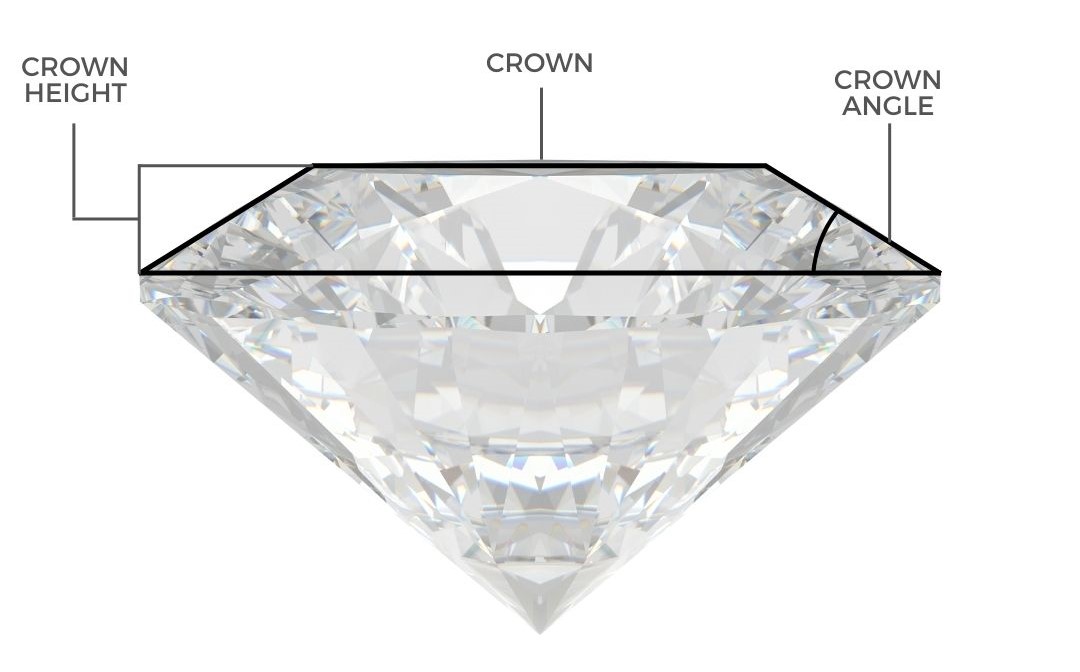
Girdle: The widest part of a diamond has a name too. It’s called the girdle, and this thin border divides the top part of the diamond (aka crown) from the bottom portion. Fun fact: Girdles can be polished or unpolished, and you might come across both while ring shopping.
Girdle Thickness: The girdle might look like a thin line, but it can actually have various thicknesses, ranging from extremely thin to extremely thick. In ring settings, diamonds are often secured near the girdle, so experts advise you to steer clear of an extremely thin girdle. You wouldn’t want them to scratch and chip! On the other hand, extremely thick girdles could result in duller diamonds, since light reflects differently in certain stones.

Pavilion: This one is pretty simple. It’s the V-shaped, bottom portion of a diamond. To help you remember, take note of the “v” in the word “pavilion!”
Pavilion Angle: This is just like the crown angle, except it applies to the bottom of a diamond. The angle is measured between the table and the main flat surface in the pavilion. This measurement also plays an important part in a diamond’s appearance. Therefore, experts suggest a pavilion angle that ranges from 37.4 to 44 degrees.
Pavilion Height: You probably already guessed it! Just like the crown height, this indicates the vertical distance from the girdle to the bottom, pointed tip. Diamonds need an ideal pavilion height to offer optimum sparkle. When stones are cut too deep, light only moves through the bottom portion of the gem, making the stone duller in the process.
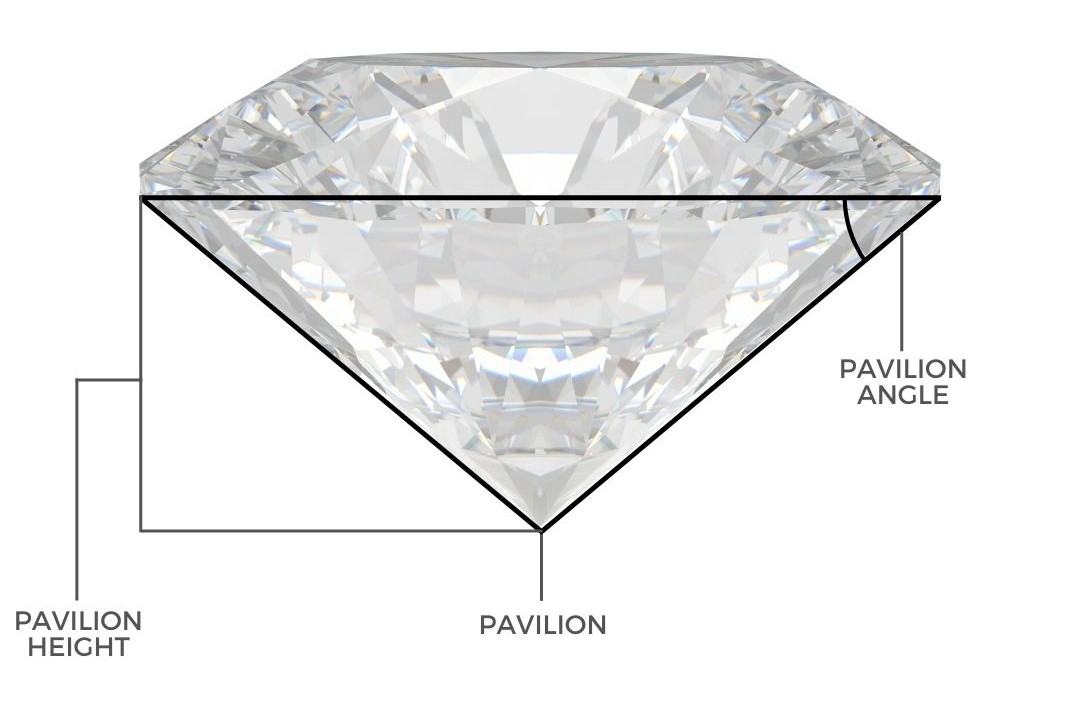
Culet: You might not be able to see it, but some diamonds have a small, flat surface located at the bottom point. This surface is the culet, and it protects the tip from chipping and other damage!
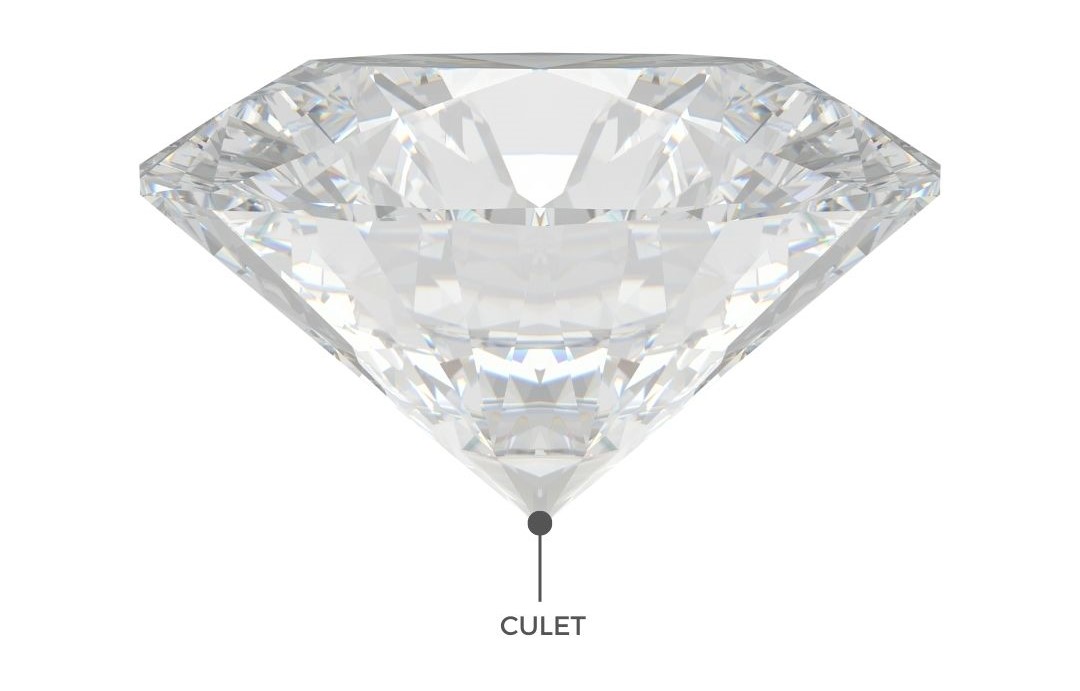
Facet: This is a fancy way of referring to a diamond’s flat, polished surfaces! As you probably realized, diamonds feature many facets. Their placement affects the amount of light reflecting through the gem, which in turn impacts the stone’s sparkle. Fun fact: Facets have several shapes, including triangles, octagons, trapezoids and kites.

Have a question? We can help!
Gage Diamonds is Chicago's premier jewelry showroom and online retailer of engagement rings, wedding bands, and fine jewelry. We offer a selection of dazzling handpicked diamonds, including certified natural diamonds and lab grown diamonds.
We’re committed to helping you find the ring of your dreams. For inspiration, browse our selection of natural and lab grown diamonds, or set up an appointment with a member of our trusted staff at our in-person showroom.
We offer no-credit-needed financing – feel free to apply and get your approval within 24 hours!
Pay over time, because love shouldn’t wait.
